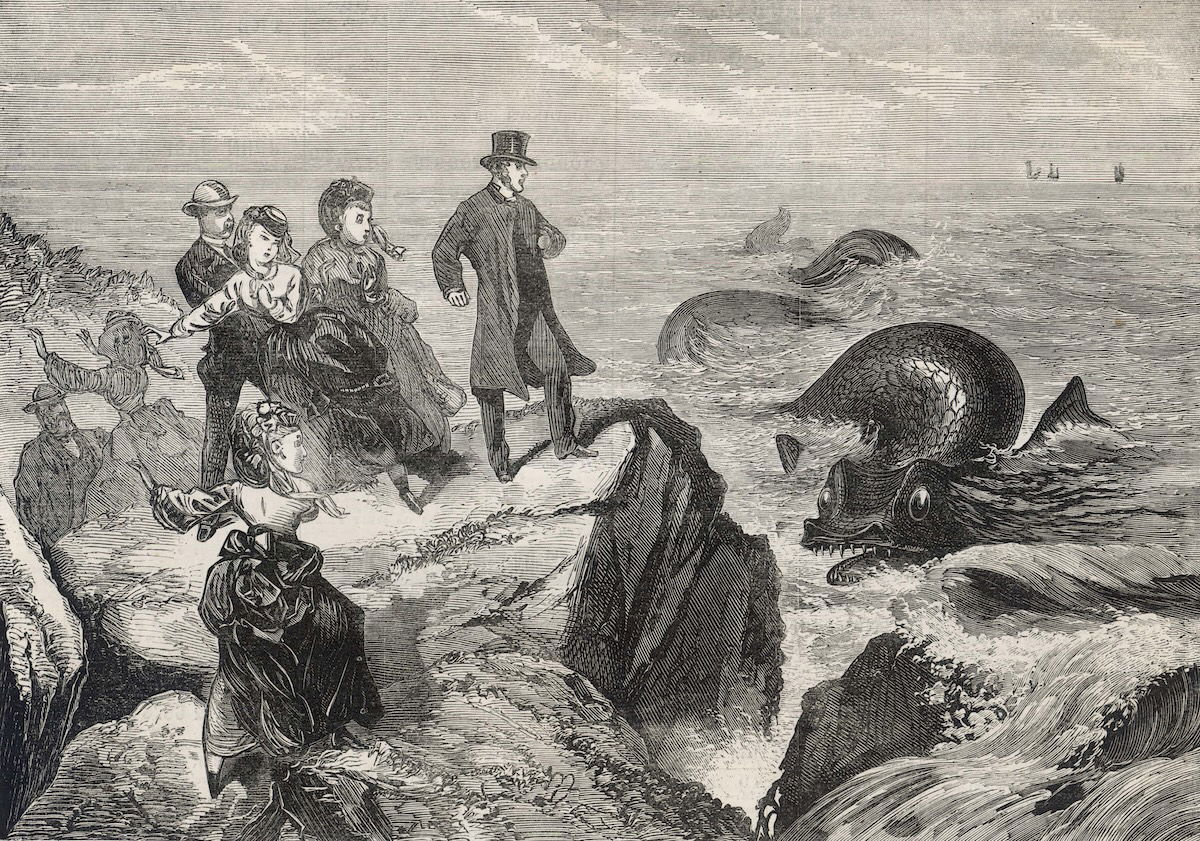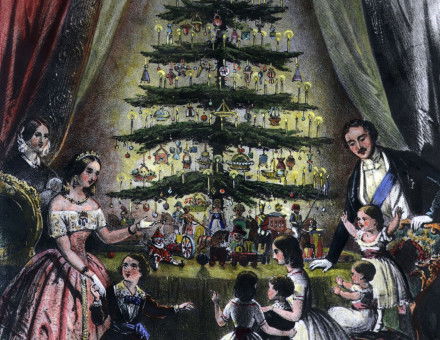When Summer Meant Sea Serpents
For the Victorians and Edwardians, the late British summer was a time of sun, sand – and sea serpents.

From the 1860s, late July through to mid-September became known as the ‘silly season’. With Parliament and law courts in summer recess, and with little in the way of major political news to report, a burgeoning story-hungry newspaper industry had to seek out other content. Often credited with coining the phrase ‘silly season’, a July 1861 article in the Saturday Review claimed that in late summer The Times would ‘sink from nonsense written with a purpose to nonsense written because the writer must write either nonsense or nothing’.







